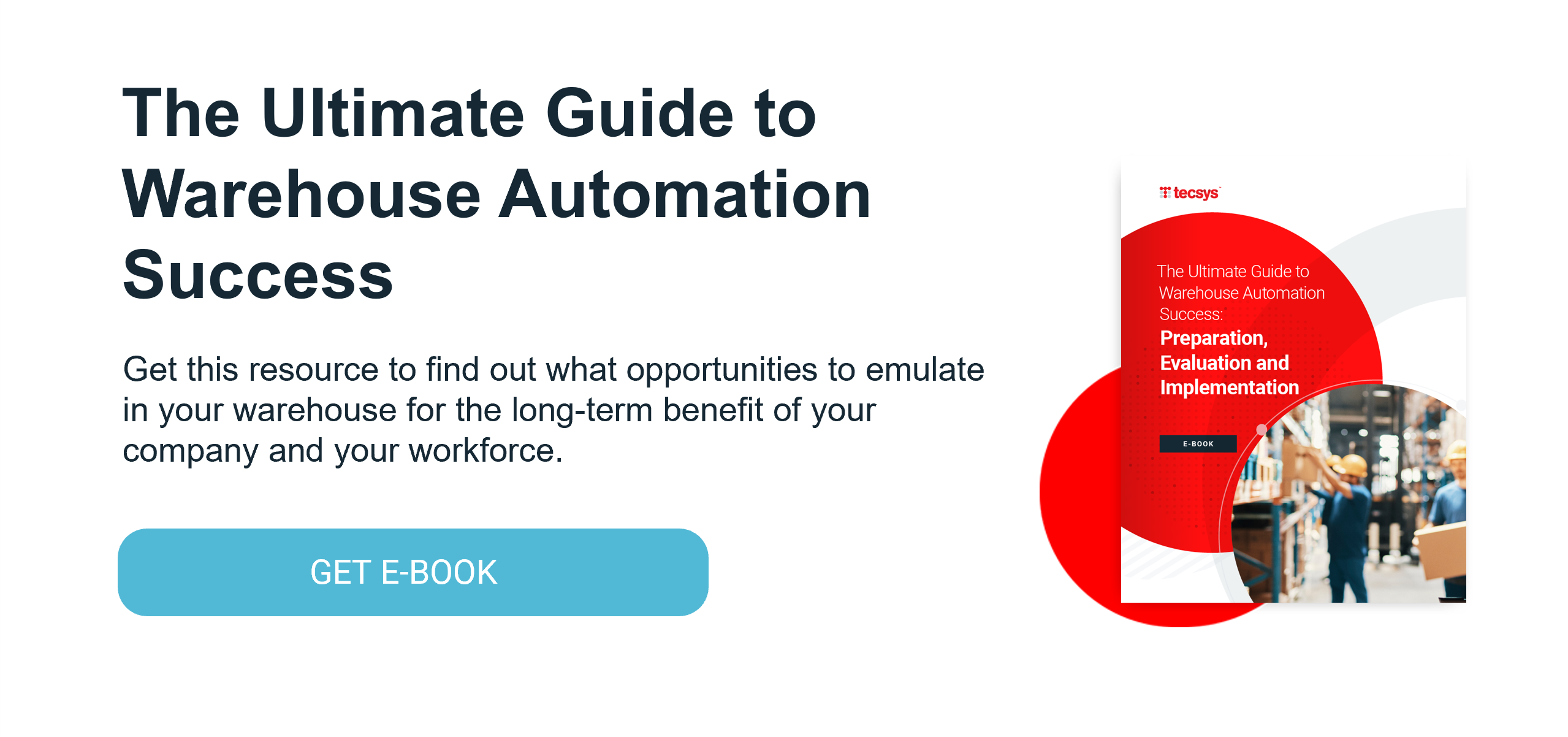Warehouse Robotics Risks to Avoid

There is little debate that warehouse robotics are the way of the future, but that doesn’t mean it’s all freeway ahead. Far from it. In fact, what is sometimes marketed as a warehouse management logistics cure-all has the potential to cost big bucks while totally missing the mark on big impact as organizations get caught in the curves of innovation.
Drawing on an enlightening conversation with Jim Brownell on the latest episode of The Great Supply Chain Podcast, let’s examine the dynamics of warehouse robotics. Jim is a partner in GreyOrange’s GO5 consulting arm and 40+ year supply chain technology veteran. He painted a balanced picture of warehouse automation today and its likely future state in the episode titled On Location: What Are the Problems and Possibilities with Robotics-Supported Fulfillment?
4 Warehouse Robotics Risks to Avoid
1. Avoid Traffic Jams
Put simply, a warehouse robotics project is typically engineered to use technology to move product through the fulfillment cycle faster. But warehouse managers may stumble by automating only parts of a process without reengineering the balance of the sequence, creating new bottlenecks. It’s important to understand the impact of a solution as it goes into an environment that is not automated from end-to-end and may not have the room or capacity to do so at a later date.
If, for example, you use warehouse robotics to automate picking and, thereby, increase your picking from 50 units per hour to 100 units per hour, but packing taps out at 10 units per hour, you’re no further ahead. It doesn’t really help to get traction in one area if you’re faced with friction somewhere else — it erodes the promise of end-to-end productivity on which the warehouse robotics business case was originally built.
2. Think About the Lanes
Related to this bottlenecking is the degree to which warehouse robotics and automation factor into the overall design. In some scenarios, partial automation is the most suitable ecosystem. In others, growth and throughput requirements may demand a future state that can absorb higher volumes later. Whether in pursuit of full automation eventually or pockets of automation is the desired ecosystem, you can only drive as fast as the car ahead of you.
Meanwhile, “Don’t lose sight of the order,” advises Jim. Any given order may be a combination of fast and slow movers, but warehouse robotics are often implemented to target fast-moving SKUs, rather than the entire order. This may result in another form of warehouse automation traffic jam, where part of an order can be picked at lightning speed through a robotics process, but then it sits idle because another item needs to be manually added to that box before it can be shipped to avoid incurring a split order shipping cost. If you’re in a caravan, you should be aware of the others in your group.
3. Don’t Ignore the Shoulders
Jim cautions that warehouse automation projects should consider the “more mundane side of robotics” like idle forklifts waiting to take trash away. While these themes don’t garner the same wow factor as robotic picking, they represent a lot of money and time.
4. Pump the Brakes, But Only Lightly
It’s important to take a step back to define and design your future state in the context of an evolving warehouse robotics landscape. Although there’s a long pole on that tent, as Jim puts it, because the time horizon upstream in manufacturing isn’t the same as the one closer to the customer. The prudent warehouse manager should try to have a vision, but then “decouple individual elements of automation that can be worked on simultaneously or non-sequentially,” he adds.
The customer is driving the time equation and that is adding to the urgency that the market is experiencing today. As Jim contends, “It’s either faster, better, cheaper, or faster, cheaper, better. In all cases, it’s faster. You just have to pick whether you’re going to do it cheaper or you’re going to do it better.”
Who’s in the Driver’s Seat?
Jim submits, “It’s up to the executive to orchestrate two or three initiatives at the same time so when you’re all said and done, they’ve all come together and it’s now a holistic solution.”
Ultimately, successful warehouse robotics initiatives are about avoiding driving blind, but without fully knowing what’s around the bend, as diametrical as that may seem. Jim’s insights offered real-world and pragmatic guidance for anyone ready to put the warehouse automation wheels in motion.
On the topic of cutting through the glitz and glamour around warehouse automation, I encourage you to check out my colleague Bill Denbigh’s blog, Warehouse Automation Challenges Uncovered at MODEX 2022, where he highlights some of the growing pains and brewing challenges he observes in the market today.




